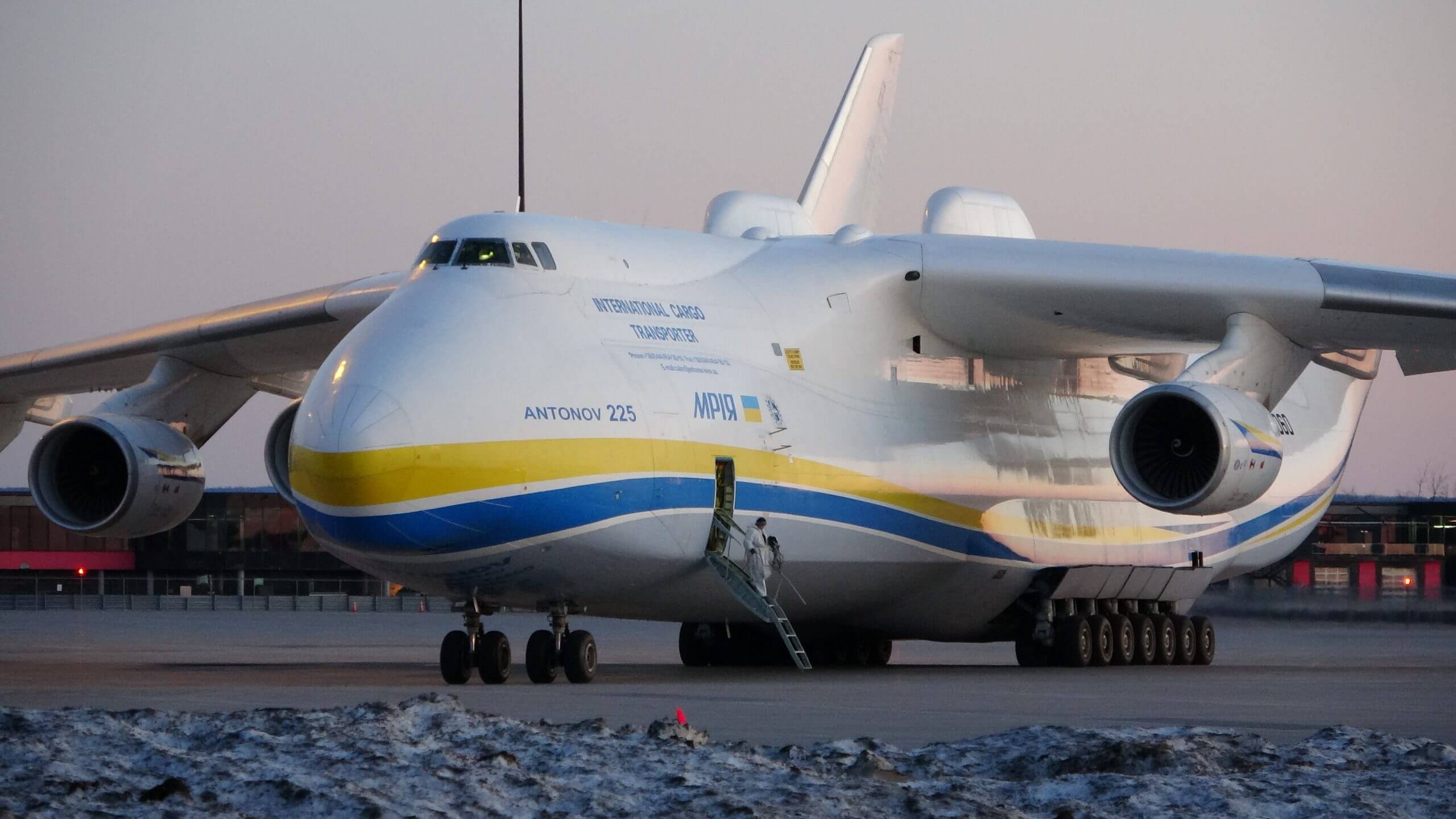







May 12, 2020
As the COVID-19 pandemic has triggered passenger travel restrictions nationally and internationally, the aviation industry has been working round the clock to ensure the worldwide distribution of essential goods. In 2018 alone, over 1.4 million tons of air cargoOpen a new window had been loaded and unloaded at airports across Canada. With the advent of COVID-19, air cargo has played an even more vital role in keeping global supply chains functioning. So much so that airlines who traditionally carried cargo in the belly of their passenger aircraft are removing seats from their planes to make more room as they shift to cargo-only flights.
Up and down the supply chain, dozens of intricate transactions take place that often go unnoticed by consumers. Among those who are woven into the chain are NAV CANADA professionals providing air traffic services and maintaining the air navigation system. Without them, the movement of freight in the air would slow to a trickle, compromising the delivery of essential goods and medical supplies.

The world’s largest aircraft, the Antonov An-225, delivering a shipment of medical supplies at Mirabel Airport on Friday, May 1, 2020.
Photo: Félix-Antoine Lemieux-Laflamme
Moving cargo through the Pacific
“Right now, air traffic services are one step beyond essential, it’s a critical function in my opinion,” says Wayne Nyman, NAV CANADA’s General Manager of the Vancouver Flight Information Region. “It’s an important piece of the infrastructure in support of supply chain management, emergency services and even moving people around for essential travel.”
Under Nyman’s oversight is the Vancouver Control Tower which oversees air traffic at Canada’s second busiest cargo hub and airport. As a central port between Asia and the Americas, and because of its proximity to the Vancouver Harbour, Vancouver International Airport facilitates a large number of sea-to-air and air-to-ground cargo transfers. Cargo operations drive most of the midnight traffic at major airports across Canada, including Vancouver, and continue into the early morning.

During the day, Vancouver International Airport would normally serve tens of thousands of passengers. With COVID-19, passenger traffic has reduced to a minimum leaving controllers’ surveillance displays starkly empty. Greg Down, Manager of Vancouver’s Area Control Centre Operations describes it as a “big black hole from a radar screen perspective.”
As the night rolls in, however, traffic levels return to normal as air cargo targets begin to appear on controllers’ screens. In Down’s words, “The basis of what we’ve always done in air traffic services is the safe, orderly and expeditious flow of traffic, and safety is always number one. Whether there are ten flights, a hundred flights or a thousand flights in a day, ensuring that they get to the destination safely in an orderly fashion is our imperative.”
The gateway to the West, and the remote North
At Winnipeg Control Tower, two controllers are working the late-night shifts, ensuring air cargo continues to move through Winnipeg Richardson International Airport, one of Canada’s most important airports for air cargo activity. Winnipeg has major sorting facilities for FedEx and Purolator, receives daily transborder service from UPS and FedEx and is a major hub for Cargojet Airlines and Purolator.

Gordon Kempe, Manager of Winnipeg Tower explains that Winnipeg is very interesting as it is a regional, national and international air cargo hub all-in-one. “We do it all here,” he says. “That includes lots of local and regional flights serving Northern communities in Northern Manitoba and Northwestern Ontario.”
Canadians in the country’s remote and northern communities are among the most vulnerable and least equipped to deal with the COVID-19 pandemic, lacking adequate access to the national supply chain. “In Winnipeg, we control flights carrying supplies to the North. Those flights are an important part of our cargo hub as well,” Kempe adds.
Transporting goods through the Golden Horseshoe
Southern Ontario is Canada’s largest hotbed for air cargo traffic. “The ‘golden horseshoe’, as they call it, is a region that includes control towers in Oshawa, Toronto, right around to Hamilton, and also includes St. Catharines Flight Service Station,” explains Jim Van Benthem, NAV CANADA’s District Operations Manager. “They’re all playing an integral role in keeping planes moving.”
Hamilton International Airport is Canada’s largest overnight express cargo airport and a hub for e-commerce. This is because of its close proximity to Toronto and uncongested 24/7 operation. NAV CANADA’s Hamilton Control Tower plays a key role in the airport’s overnight express air cargo operations.

Van Benthem describing what the operations look like at Hamilton right now; “we’re seeing less commercial passenger traffic, but when I spoke to the supervisor, he likened the level of cargo traffic right now as being what they would normally see around Christmas and boxing day. Our controllers are aware that getting these planes in and out safely and expeditiously is really important.”
Transatlantic air freight
As cargo flights travel from one location to the next, a sequence of air traffic controllers at NAV CANADA’s air traffic control centres guide the aircraft to each destination. On the East Coast, the Gander Area Control Centre also manages flights traversing the North Atlantic, which include air cargo moving goods from Europe and other parts of the world. The products they carry not only include medical supplies, but also serve Canadians day-to-day needs, importing food, petroleum and other essential goods.
“We used to manage about fifty to sixty cargo flights a day crossing through the Atlantic,” says Jeffrey Edison, Manager Area Control Centre Operations in Gander. “That number has almost doubled since the pandemic.”

Standing together while physically distanced
Behind-the-scenes, many precautionary measures are in place to protect the integrity of Canada’s air navigation services and the health and safety of employees who operate, maintain and support the Canadian air navigation system. These mitigations are essential to ensure NAV CANADA professionals continue to play a vital role on many fronts including the delivery of supplies and goods that Canadians rely on. And like the rest of Canadians, those still reporting in to work have settled into a new normal.
“We’ve got supervisors working midnights that don’t normally do that just to make sure that everybody gets a reasonably normal rotation,” explains Kempe. “They’re also disinfecting workstations before and after use, and they’re making sure to show up to the workplace well prepared for the entire shift, not leaving the building for food.”
Although COVID-19 has presented unprecedented hurdles, especially for those on the frontlines, the challenges have been matched with an equal level of commitment and dedication to the job. “I don’t think I’ve ever seen such a sustained level of teamwork and collaboration within units across the country,” says Down. “Our staff are exceptional at dealing with such things, but to seeing it on a sustained basis like we are currently in right now, is pretty impressive.”
NAV CANADA is monitoring and responding to the evolving impacts of COVID-19 in real time and is continuing, as always, to keep safety as its top priority. Visit NAV CANADA’s COVID-19 Information page to learn more about what we are doing to protect the integrity of Canada’s air navigation services and the health and safety of employees who operate, maintain and support our Company.